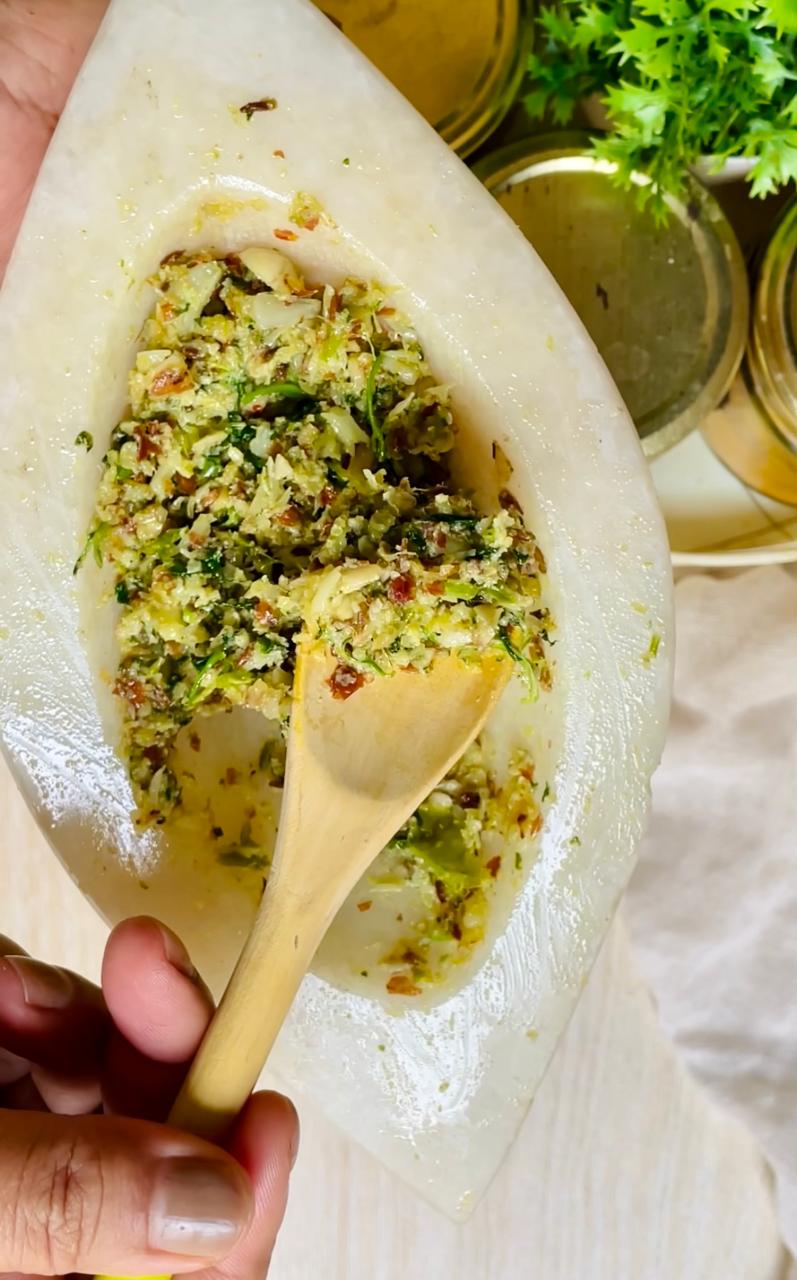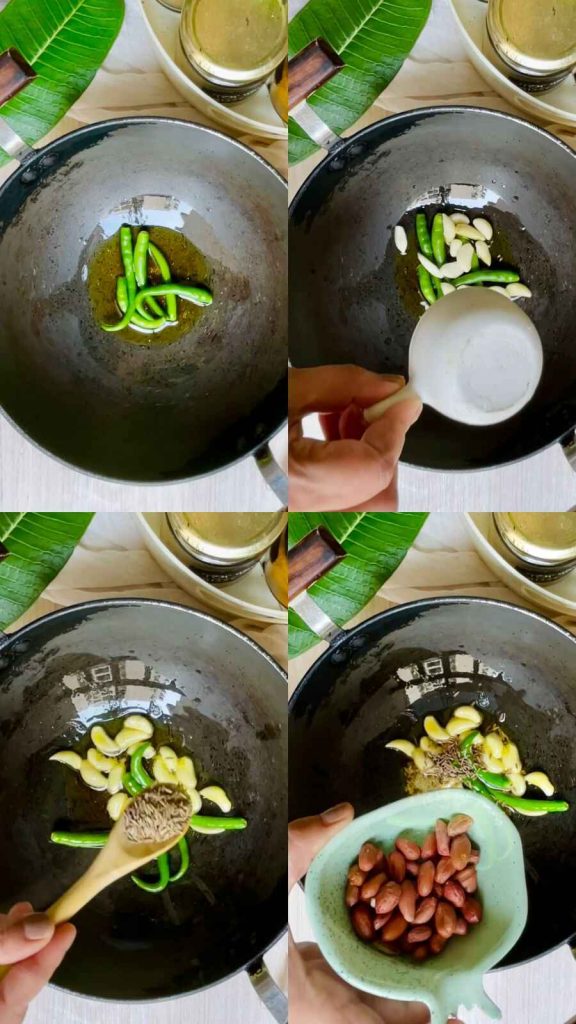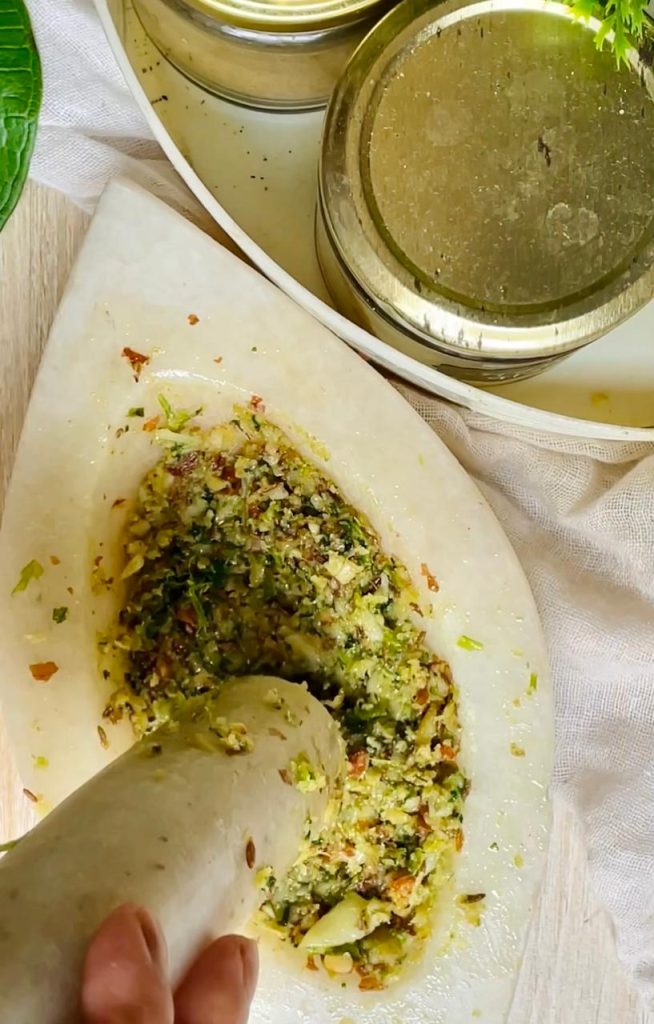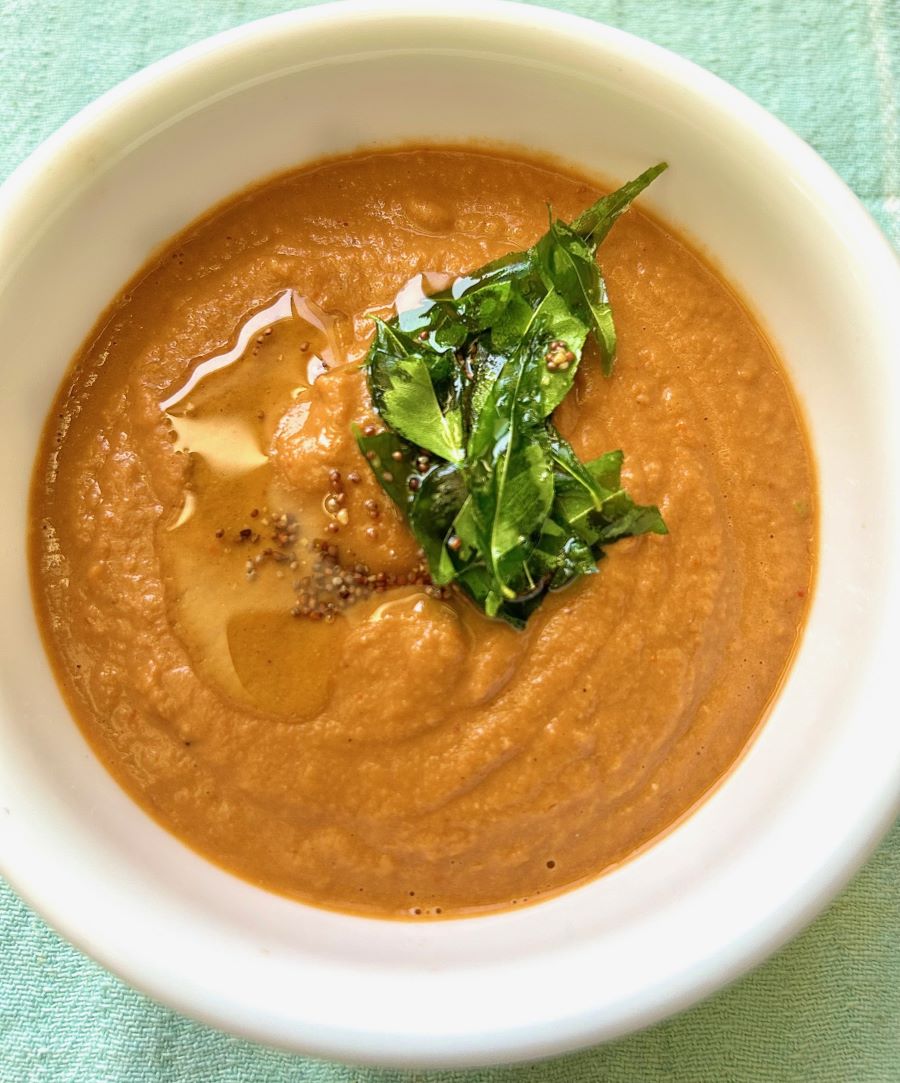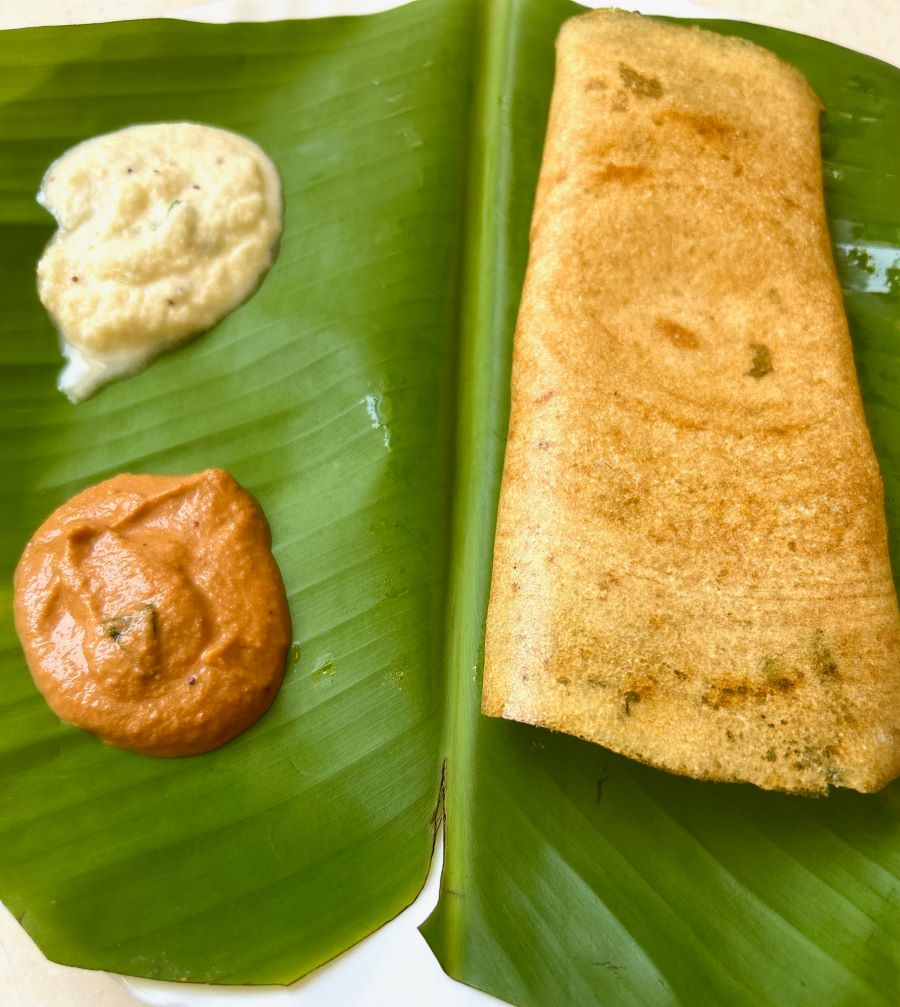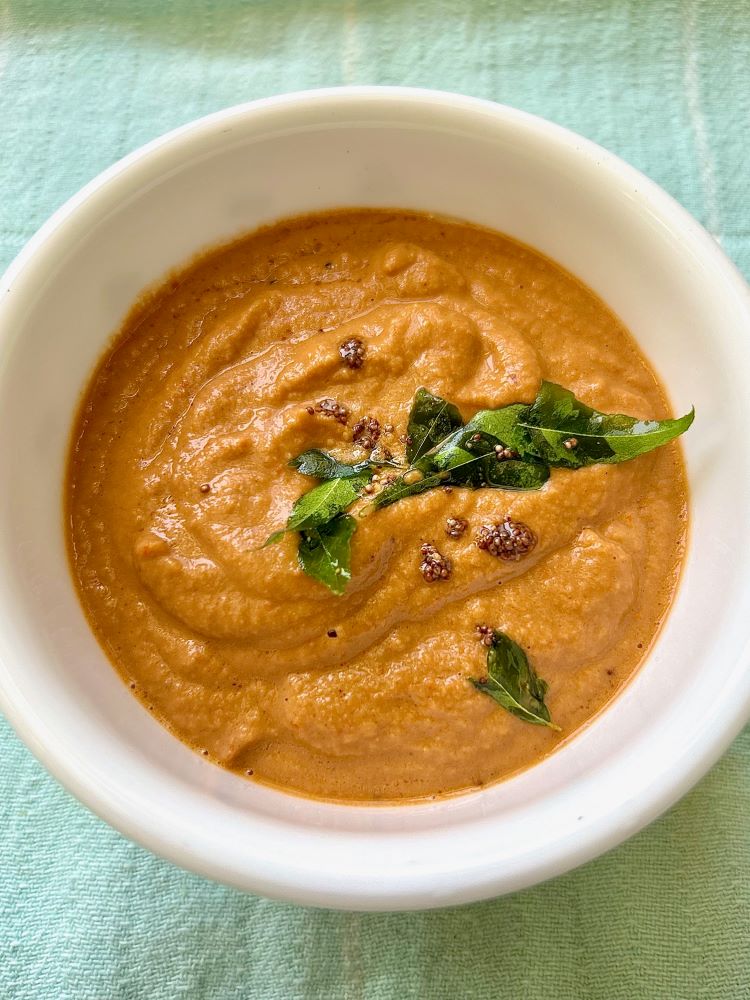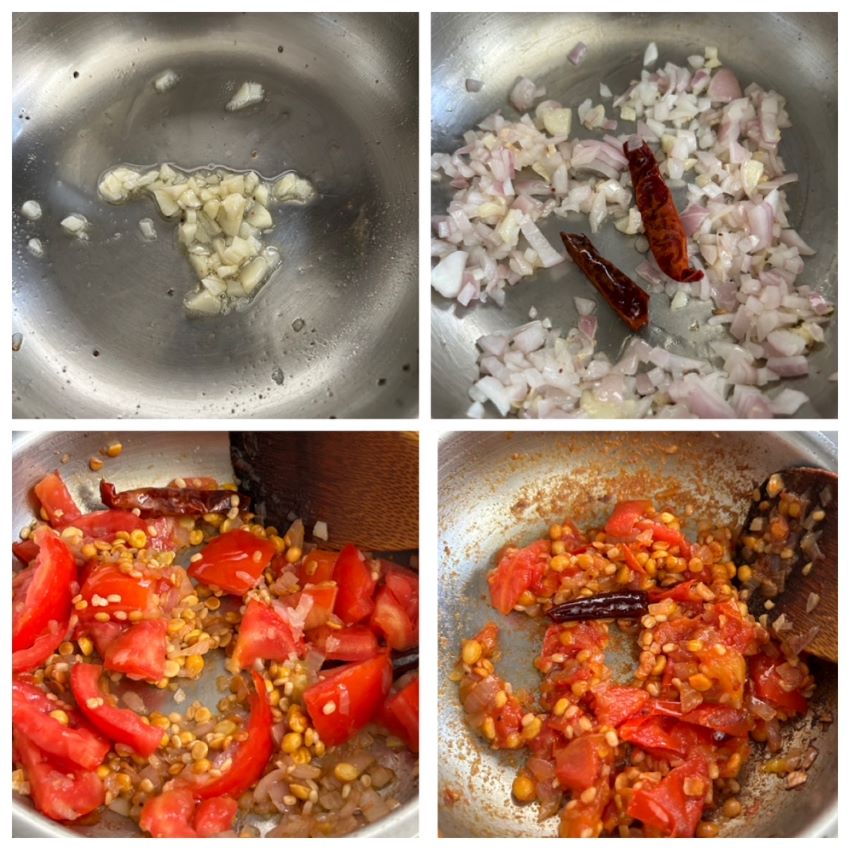
In today’s fast-paced world, mothers find themselves under an immense amount of pressure, often driven by societal expectations. From being perfect caregivers to achieving professional success, the demands placed on mothers can be overwhelming. In this blog we will talk and explores the various ways society puts pressure on mothers and the impact it has on their well-being.
The Myth of the Perfect Mother
One of the most pervasive pressures is the expectation to be the “perfect mother.” Society often paints an unrealistic picture of motherhood, where moms are expected to be endlessly patient, always nurturing, and constantly available. This ideal is not only unrealistic but also harmful, as it sets mothers up for failure and guilt when they inevitably fall short of these impossible standards.
Balancing Work and Family
The modern mother is often expected to excel both at home and in her career. The pressure to be a successful professional while also being a devoted mother creates a relentless tug-of-war. Juggling work responsibilities with the demands of family life can lead to burnout, stress, and a sense of inadequacy. Society’s lack of support for working mothers exacerbates this issue, leaving many to struggle in silence.
Social Media and the Comparison Trap
With the rise of social media, the pressure on mothers has reached new heights. Platforms like Instagram and Facebook are filled with images of seemingly perfect families, well-behaved children, and spotless homes. These curated snapshots can create a false sense of reality, leading mothers to compare themselves unfavourably and feel inadequate. The constant comparison to others’ highlight reels can erode self-esteem and create a sense of failure.
The Pressure to Do It All
Mothers today are often expected to be more than just caregivers. They are also seen as the primary educators, health advocates, and social planners for their children. The pressure to “do it all” can be overwhelming, leaving mothers with little time for themselves. This relentless demand can lead to stress, exhaustion, and even resentment, as mothers try to meet everyone’s needs while neglecting their own.
Judgment and Criticism
Societal expectations often come with a side of judgment and criticism. Mothers are frequently judged for their parenting choices, whether it’s their decision to breastfeed or bottle-feed, stay at home or work, or how they discipline their children. This constant scrutiny can be disheartening and isolating, making mothers feel like they can never do anything right in the eyes of others.
Lack of Support Systems
Despite the high expectations, many mothers lack adequate support systems. Extended family structures have changed, and community support is often lacking. Without a strong support network, mothers can feel isolated and overwhelmed, struggling to meet the demands placed on them. This lack of support can lead to feelings of loneliness and mental health challenges.
The Impact on Mental Health
The cumulative effect of these pressures can have a significant impact on a mother’s mental health. Anxiety, depression, and burnout are common among mothers who feel the weight of societal expectations. It’s crucial to recognize that these pressures are not a reflection of a mother’s worth or capabilities but rather a symptom of unrealistic societal standards.
It’s time for society to recognize and address the immense pressure it places on mothers. We must move towards a more supportive and realistic view of motherhood, where imperfections are accepted, and support is readily available. By doing so, we can help mothers feel valued, capable, and empowered to raise their children in a healthier, more balanced way.
If you have thoughts or experiences on this topic, we’d love to hear from you. Share your comments below and let’s continue this important conversation.


